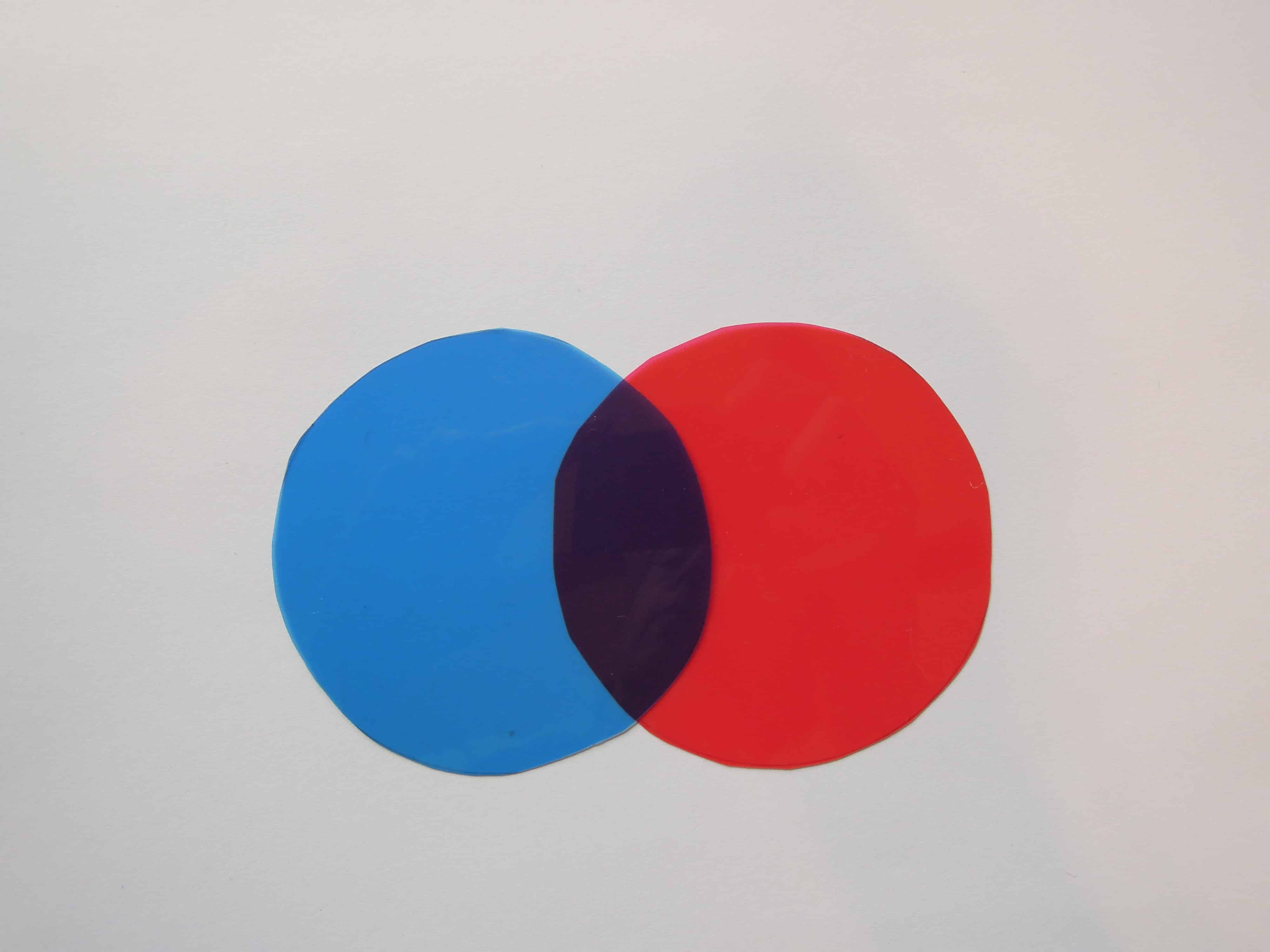Jesse Rae West takes us on her journey of healing through her Borderline Personality Disorder. Read part 1 and part 2.
I tend to shy away from mental illness labels. I find they can be a bit reductive, and I don’t want to be reduced to a list of symptoms and behaviours. But in the spirit of healing and change I am trying to be as open as possible with this therapy program, and that means being uncomfortable at times, especially when I’m labelled with a disorder.
I’m starting to see that some of the labels I am being given aren’t there to further alienate me but rather to help me seek out the specific help that I need. This week I am working on finding my wise mind, which is the happy place between my reasonable and emotional mind. As someone who has Borderline Personality Disorder, I often feel things in extremes. I’m ruled by my emotions and urges. When I am deep in feeling, reason and logic don’t matter. This is bad for reasons that I’m sure I don’t need to explain.
Feeling reasonable would mean incorporating logic, reason and facts into my emotional decision-making. I’ve always been resistant to pragmatism. I don’t want things in muted tones; I want tons of colour, love, romance and feeling. Intellectually I know that there is value is seeing both the emotion and reason within a problem. While it doesn’t feel right just yet, my affection for intensity isn’t productive and I’m working on changing that.
The next six months of therapy are about trying to find more balance within myself. In order to do that I’m learning how to observe, describe and participate in each moment. I’ve found that in times of high stress, if I’m able to pay attention on purpose and really control my attention and redirect it, I can talk myself down from extreme emotional intensity. This looks different for everyone but to me paying attention to the sensations in my body can be really helpful. I practice deep breathing and focus on my physical sensations, whether they be touch or sound. I can get discouraged sometimes when my stress level is really high, when I’m deep in my emotional mind. Sometimes I have to start this practice over and over again.
Lately when my efforts feel futile – when calmness seems so far away – I work on forcing myself to be completely present in the moment. That can mean doing something uncomfortable like focusing on my sadness. I was very resistant at first because it felt so incredibly painful. I’ve realized that when I stop trying to push my feelings into my future to be dealt with later and just accept my current reality, the awfulness passes significantly faster. Your brain is incapable of maintaining “Peak Freak Out” for very long, I promise. When I give myself permission to feel loss or sadness, I am able to move on faster.
Once I’ve reached my base level of calm – a state where I can begin to build skills – I throw myself into an activity I enjoy. This reminds me that I am in control. Some of the things I do to feel better are listen to music, cuddle my puppy or exercise. Even if it’s hard to get into at first, eventually my brain forgets that I’m in catastrophic mode and all of a sudden a song has completely lifted my mood. The calmness is often fleeting but when I’m able to remind myself that there are other states of being, I feel as though I’m more than my disorder.



 Follow Us On Instagram
Follow Us On Instagram
